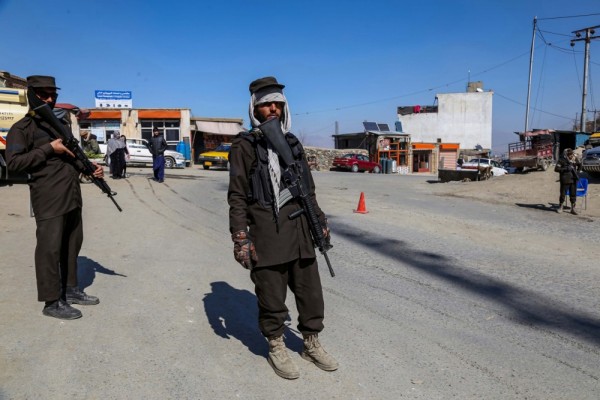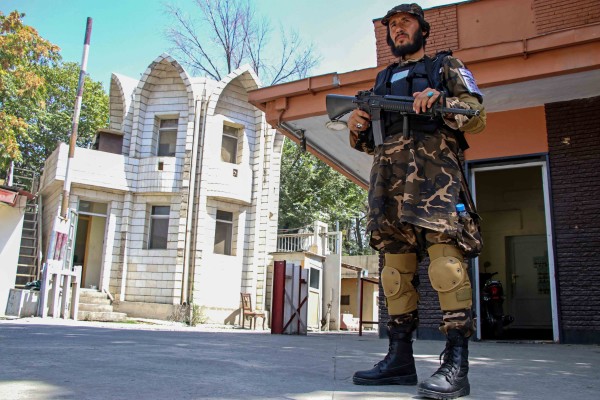A New York Times reporter kidnapped four days ago in Kunduz, Afghanistan, has been freed in a military operation that reportedly left his Afghan translator, a British soldier and an Afghan woman dead.
Armed gunmen seized Stephen Farrell and his translator, Sultan Munadi, on 5 September while they were reporting on a NATO raid on two oil tankers that had been hijacked by Taliban militants. The raid reportedly killed at least 70 people, possibly including civilians from the area.
The two men were in Omarkhel village in the Chardarah district when they were kidnapped.
The New York Times had asked for the story not to be made public, for fear that this could endanger the journalist and put any rescue attempts at risk, a request that was widely respected by news organizations worldwide.
Mr. Farrell was rescued in the course of a raid by NATO forces on the building where he was being held. He told the New York Times that he heard the helicopters hovering over the building, and ran outside with Mr. Munadi. As the gunfire began, the interpreter ran forward shouting “Journalist!” when he was shot down. It is unclear from reports whether he was killed by allied or Taliban gunfire.
Mr. Farrell told the New York Times that he dived in a ditch, and after some minutes shouted “British hostage!” The British troops then told him to approach. According to Mr. Farrell, Mr. Munadi was lying in the same position as when he fell.
Mr. Munadi, 34, had reportedly worked regularly with the New York Times and other news organizations, and was enrolled in a master’s degree in Germany. He was back in Afghanistan on holiday when he agreed to travel with Mr. Farrell to Kunduz. The New York Times reported that he had a wife and two children.
“We are greatly relieved that Mr. Farrell has been safely rescued. His kidnapping underscored the risks journalists face in reporting from Afghanistan,” said IPI Director David Dadge. “At the same time, we are saddened by the death of his interpreter, a death that highlights the sacrifices and risks facing those who help journalists do their job in such volatile areas, and without whom they could not function.”
Kunduz is in the north of Afghanistan, a region that has seen a resurgence in militant activity in recent times. The attack by NATO forces on the two tankers is said to have further stoked tensions in an already volatile region.
Afghanistan has long been one of the most dangerous places in the world for reporters and the staff who work with them.
According to IPI’s Death Watch, 18 journalists have been killed in Afghanistan since 1998. At the end of August, an Afghan reporter working in Pakistan, Janullah Hashamzada, was gunned down in a bus in the Khyber Pass, which links Pakistan and Afghanistan.
A few days earlier, two journalists working for the Associated Press were seriously wounded in a roadside bombing in Eastern Kandahar, Afghanistan. Photographer Emilio Morenatti and videographer Andi Jatmiko were travelling with U.S. forces when their vehicle was hit by a bomb.


